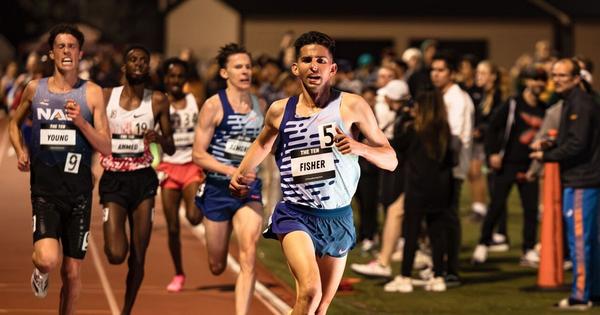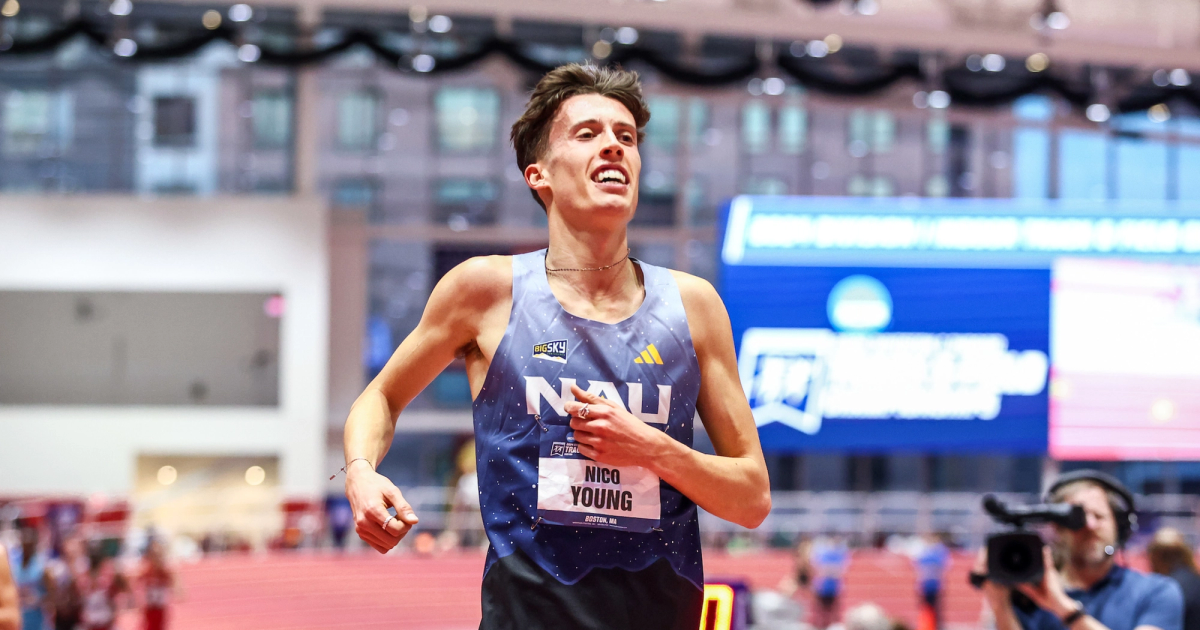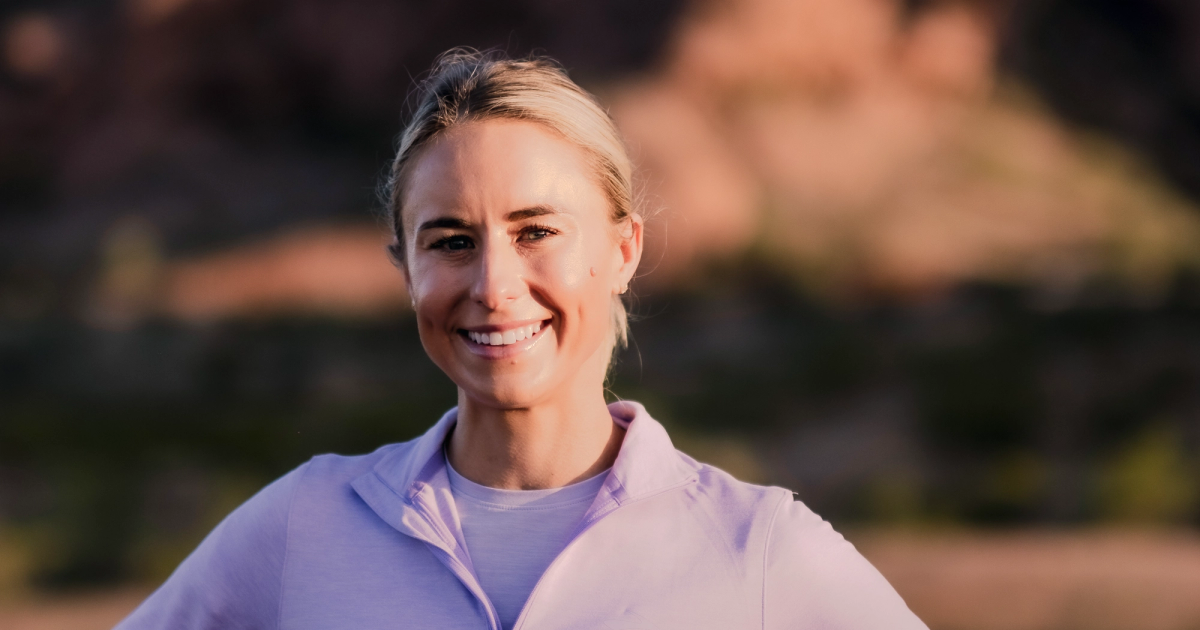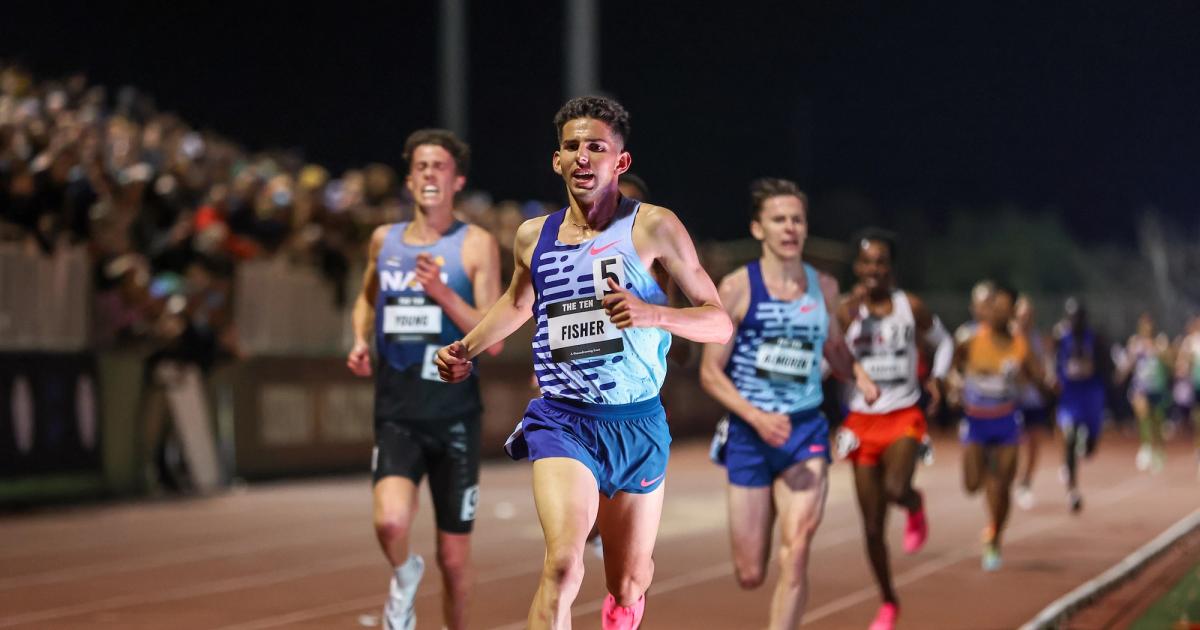By Kyle Merber
March 27, 2024
It’s a slow-ish week in track and field so I thought it’d be a good time to break out the mailbag and answer some reader questions because I know you are a curious bunch! There are now 16,000+ subscribers to this newsletter and growing by the week - thank you for sharing with your friends and teammates. And remember to take the survey at the end of each edition!
It seems as though every professional is part of a group now, and that the brands are actively facilitating this setup. Has this changed over time and why? And what are the main benefits to the athletes and the sport in this trend?
Brands attaching themselves to a training group is nothing new in the US. Hansons-Brooks has been together since 2003. The Reebok Enclave was training out of Georgetown during the early 1990s, and going back further there was Athletics West, founded in 1977 by Nike’s founding fathers.
From a marketing perspective, there is value in having a brand attached to your investments that is bigger than any single individual. Athletes come and go, but the New York Yankees are forever. They’re selling pinstripes, not the number on the back of the uniform.
Now especially as the importance of social media has grown, the value of having several athletes under one roof has increased, as well. Shoe companies recognize the need for capturing content and the smart ones hire full-time creators to follow the team around for purposes of storytelling.
Ultimately, anything that helps brands attribute shoe sales to their elite athletes is a benefit to the performance-focused side of the sport. Some internal analysis must confirm that it works, otherwise 100% of marketing funds would be going exclusively toward runfluencers. I’m still waiting for more professionals to realize the opportunity of doing both!
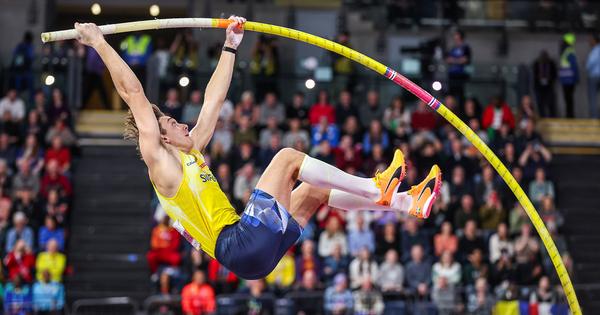
Kevin Morris/@KevMoFoto
Do you think Nico Young should go pro right now and forgo his final outdoor season at NAU or try to win a couple more NCAA titles?
What timing for this question! On Monday, Nico announced that he signed an NIL deal with Adidas. I expected that a professional deal would be around the corner since he is one of three US men with the Olympic standard – so why bother with the NCAA season at this point? There is nothing that he could do as a collegiate athlete to extract more value from a contract, so this might just be a courtesy deal so that he could finish out his eligibility.
Then again, as anyone tuning into March Madness can attest, there is plenty of clout attached to a college uniform because, “hey, they’re just like us – they take care of business in the classroom and on the hardwood synthetic track surface… and they have a personal app-based tax accountant!”
How come every shoe company's website doesn't have a section for all of their sponsored athletes and a list of their favorite shoes for each workout type?
When I signed with HOKA in 2014, there were so few of us that we were able to get the entire “team” together for a retreat in Boulder. There were portraits and surveys taken to be put on the website sharing info about ourselves and doing exactly this. There was even an email thread in which the athlete manager would send out constant updates about who is running where and winning what.
It was really cool because it created a connection with the brand and its other athletes across track, roads, triathlons, and trail. But there were like 15 of us! Now imagine how many Nike athletes there are. And do the people who are just on gear count?
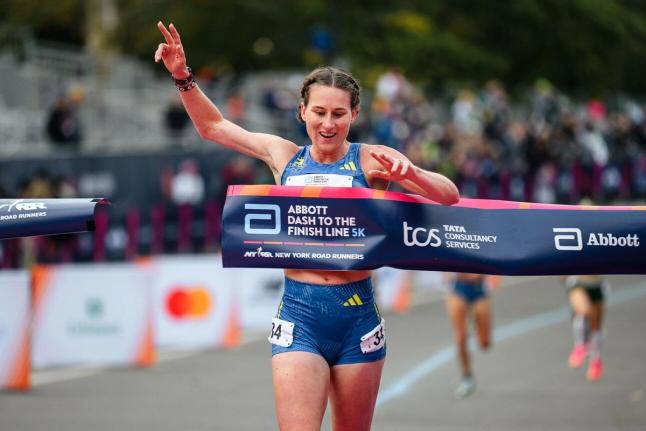
Johnny Zhang/@jzsnapz
What distance event has the best marketing potential yet to be exploited?
Exploited is one helluva a word here, but probably the road 5K? It’s the participatory starting distance for most beginners and yet there are very few big races in the US that make sense for elite athletes to slot into their competition schedules. This is largely because there is no benefit from a standard-chasing/ranking perspective.
But if we want to blow some people’s minds then Elle St. Pierre running a sub-14:30 5K at a local road race in Boston would do it.
Should there be a separate all-time ranking list for runners running without super shoes?
No, because where would this end? Are we going to have a separate list for every athlete who competed on the new mondo tracks vs. the old mondo, or even cinder tracks? Should we italicize results from athletes who chain smoked? Or how about a separate list of everyone who raced when the weather conditions weren’t ideal?
Instead, let’s shift the focus to beating people. Time will always be relative.
In the spirit of March Madness, what college coach do you think deserves a big raise given the way their athletes have been performing?
I think one coach who has been overlooked the past few years is Jeremy Sudbury of Iowa State. He inherited a good program from Martin Smith, but has kept things going and continued to build off that momentum. In 2021, his first year as head coach, the Cyclones finished 2nd at NCAA cross, and this year the men’s squad finished fifth, despite starting the season ranked 25th in the country and entering the NCAA championships 17th in the coaches’ poll. Indoors they had good representation in the 800m, DMR, and 5000m. It’s not easy to make that transition, having to follow up a hall of fame coach like Smith, but Sudbury has done a great job doing more than keeping the lights on.
If you were hired by the NCAA to create a March Madness of track, how would you structure it?
It would be head-to-head battles in the 800 among the top 64 seeded athletes.
It’d obviously be unfortunate for someone to run six different rounds only to be named NCAA runner-up, but the whole thing wouldn’t take THAT long. There is enough variety between those who like taking it out hot and those who prefer to sit so that it wouldn’t get boring. But the main reason I’m picking the 800 is that on the right day, the 64th best runner could beat the best, creating lots of opportunities for Cinderella stories.
Indoors, the men’s range between the top and bottom seed is 2.71 seconds. Those early rounds might be a bit boring on the women’s side with a 6.24 second differential, but with 10 women under 2:02 this past indoor season, there has never been a deeper lineup in the event.
I’d love to see the NCAA 800m final rematch between Michaela Rose and Juliette Whittaker, except if they both refused to lead.
How should media entities cover athletes who have served suspensions for whereabouts failures? Is it something that should be continually brought up to emphasize the importance of not missing tests/clean sport or is it unnecessarily damaging to the reputation of those athletes?
This is a primer for being accused of being “woke” on a certain message board if I have ever seen one!
Therefore it is probably best to lean on the theories of Michael Foucault to give some credence to my opinion. Starting a couple hundred years ago, society shifted its approach to punishing criminals from public shaming to reform. We are no longer throwing tomatoes at those who broke social norms, and instead are theoretically aiming to reestablish their place in society.
Now I am not suggesting you have to cheer for those who have served suspensions or had whereabouts failures – I know for the majority of my readership, it will be the opposite. But if an athlete has served their time, then at some point years later it seems unnecessary to harp on past transgressions as it undermines the current competition. Obviously this would not be an issue if there were lifetime bans. But since there aren’t, and we – as a track & field society – have established athlete bans of a certain duration as punishment for cheating, those competing post-ban have paid their debt.
(A spin zone take is that the sport needs more villains and rooting against an athlete might be more entertaining than rooting for others!)
Getting back to my philosophy degree, Jeremy Bentham had proposed this idea of a panopticon, which is basically a building in which the prisoners don’t know if they are being watched or not. Essentially, you should always behave because you don’t know to what degree you are being monitored. In this spirit, should we stop telling athletes when they have a missed test or two? It’s very easy to stop taking drugs and start making yourself available when there are already two strikes in the count. How many more athletes would be caught doping, or better yet, discouraged from trying, if there was no longer a warning of their surveillance?
Live life like you’ve only got one strike left, I always say: in a perpetual state of fear and paranoia!

Johnny Zhang/@jzsnapz
I’d like to run an 800m personal best this spring, any advice?
The classic +2 second differential in pacing can best be achieved by having a rabbit who is not a 400m runner. But more importantly – and this is for all you distance running folk – get a good warm up! Like, way better than what is needed for the 1500.
Which American track runners would you give the best odds to medal at the Olympics?
It’s hard to imagine a world in which Noah Lyles does not come away with some hardware. It’s like that old saying, “shoot for the moon and even if you don’t get four gold medals, you’ll probably at least get a single bronze.”
How does World Athletics decide on implementing rule changes? Like how does that new long jump rule come about?
I would imagine the sport’s powerbrokers assemble on a rooftop bar in Monaco and after a few beers, and someone is like, “Do you know what would be funny?” But there is the Council made up of 26 elected members, which includes two athletes, who are in charge of voting on this sort of thing. If two athletes hate a rule, but 24 suits like it, then, too bad: better get used to hurdles being made of Legos or whatever!
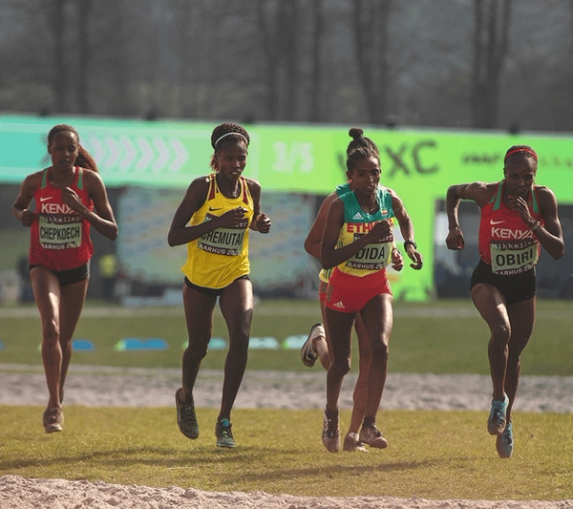
Justin Britton/@justinbritton
What’s the deal with World XC this weekend? I feel like I haven’t heard anything.
Then you need to sign up for the Citius Mag newsletter because we are about to send out a preview! The race is this Saturday in Serbia and American viewers can watch on Peacock, starting with the U20 races at 6AM ET.
On paper, the US men’s team probably isn’t our strongest permutation – I mean, there’s no Grant Fisher on it! But anything can happen when it’s expected to be in the mid-70s. There are plenty of recognizable names headlining the field including former champions and teammates Jacob Kiplimo and Joshua Cheptegei. I loved watching Kenya’s Sabastian Sawe win the World Half Championships and he is the Kenyan champ so you sorta have to assume he’ll be mixing it up with the Ugandans. And last year’s runner-up, Berihu Aregawi, returns along with his 10,000m best of 26:46.
On the women’s side, Kenya’s Beatrice Chebet and Agnes Ngetich return to defend their gold and bronze medals. Kenya may be set up to completely dominate this race, with the best hope to disrupt such plans coming from Girmawit Gebrzihair. Weini Kelati is the red, white, and blue’s best hope for a single digit finish as she comes off a new 10,000m personal best a week ago.
Last year’s race was beautifully produced for a fantastic viewing experience and so my expectations are high. In slightly negative news :( the prize money for the win is just $30,000, which is quite disappointing when you consider it was $40,000 in 1998. We gotta get this race back in the zeitgeist!
I know you don’t cover ultra/trail stuff much, but what did you think of this year’s Barkley Marathons and Jasmin Paris’s performance?
A couple of years ago I wrote about the event and received, like, a dozen messages telling me how controversial a figure Lazarus Lake is and I am wondering if every major media outlet in the world is getting those same emails right now. As you probably are aware, Jasmin Paris became the first woman to successfully complete the ~100 mile race, an accomplishment only shared with 20 runners total.
I go back and forth whether I love the idea of this race or not. Sometimes it feels like there are so many quirks to it that it reminds me of that one friend growing up who made every game overly complicated with their much too active imagination. We just want to play hide and seek, enough with all the extra rules!
It seems to be a popular theory that women can and will become increasingly more competitive with men at the ultra distance races as the benefits of having testosterone oozing out of one’s pours are less powerful in the feats of extreme endurance. I enjoyed this recap from John Kelly, who completed his third race this year, as he broke down why he believes a record five people were able to finish. Spoiler: teamwork!

Kyle Merber
After hanging up his spikes – but never his running shoes – Kyle pivoted to the media side of things, where he shares his enthusiasm, insights, and experiences with subscribers of The Lap Count newsletter, as well as viewers of CITIUS MAG live shows.
